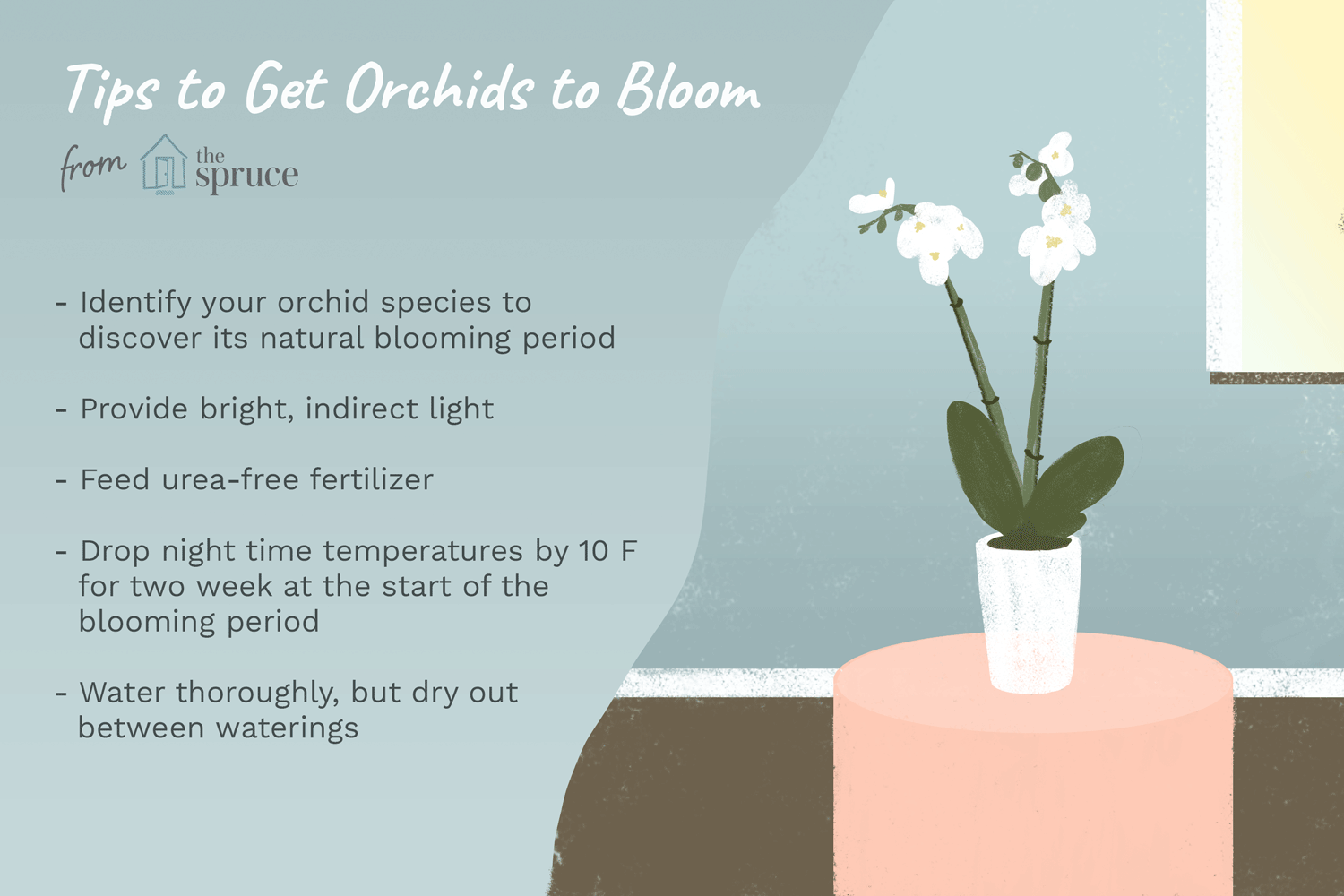Astrancia: [Cultivation, Irrigation, Care, Pests and Diseases]
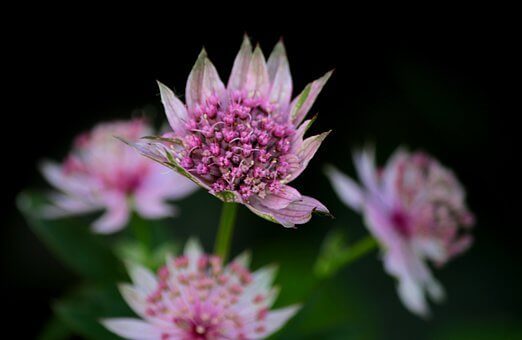
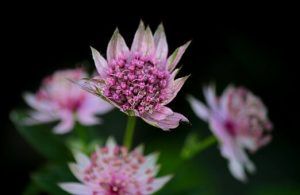 Astrantia major is one of 10 plants that are part of the Astrantia genus. This genus is characterized by its showy palm-shaped leaves and delicate flowers that are grouped and arranged in a star-like fashion.
Astrantia major is one of 10 plants that are part of the Astrantia genus. This genus is characterized by its showy palm-shaped leaves and delicate flowers that are grouped and arranged in a star-like fashion.
It originally comes from mountain meadows, grasslands, forest clearings, and streams within central and southern Europe and western Asia. They have been cultivated in gardens since the 16th century and are currently used as an ornamental plant or in flower arrangements.
Astrancia is also known for its purgative and laxative properties. Both the roots and the plants have active ingredients that trigger a slight diuresis. It can be used in infusion or powder in small quantities.
Important points when sowing astancia:
- Scientific name: Astrantia major.
- Common name: Atrancia, astrantia, asterisk, female sanicle, mountain sanicle.
- Height: 70 centimeters.
- Light Need: Sun and partial shade.
- Temperature: Temperate and cold climates (13ºC to 18ºC).
- Irrigation: Moderate.
- Fertilizer: Organic fertilizer.
What characteristics does the astrance have?
Astrancia is a perennial and robust herb that reaches between 40 to 70 centimeters in height, sometimes up to 1 meter. Its stems are long and hollow, free of villi or glands. Leaves can be basal or cauline .
However, they are all dark green in color and are divided into 3 or 5 lobes with jagged edges. The flowers are small, but they are grouped in clusters of 30 to 50 specimens forming a white or red umbel.
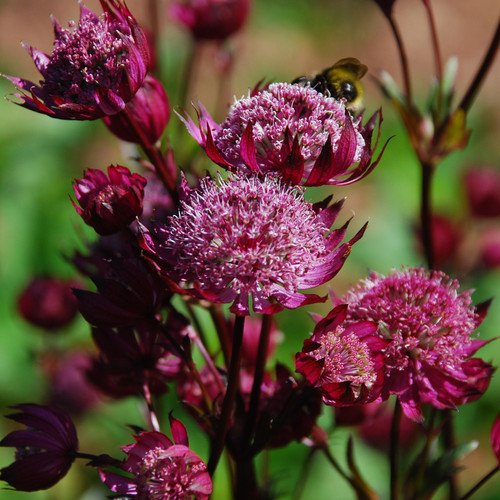
In turn, each umbel is surrounded by bract leaves, generally longer than the flowers. They bloom in summer. The fruit has an oval shape that is always closed. It is 6 to 8 millimeters long and covered with overlapping scales.
When to sow the astrancia?
The time to plant astrancia will depend on the type of method to be used. If you plan to sow by seed, it is advisable to do it during the fall, or shortly before spring, to take advantage of the low temperatures in the stratification.
On the other hand, if the propagation method is through division, then it is recommended to do it during the fall.
Where to plant the astrancia?
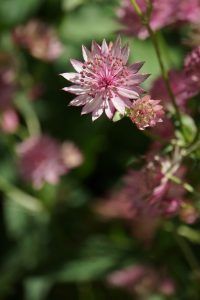 Astrancia is a plant that needs sunlight to reach its full potential. However, it can only withstand direct sunlight in places where soil moisture is constant.
Astrancia is a plant that needs sunlight to reach its full potential. However, it can only withstand direct sunlight in places where soil moisture is constant.
For best results, it should be planted in partially sunny locations, where it receives sunlight for a few hours in the morning. If you don’t get enough, your flowering will be reduced.
It is recommended to grow it in areas that have a cool climate and that the temperature at night is below 21ºC. However, if the temperature drops drastically in winter, protection must be provided so that it is not damaged.
How to prepare the land?
The astrancia is not very demanding with the type of soil, but it prefers soils rich in organic matter, with a slightly acidic or neutral pH, and with good levels of humidity, since it cannot survive in dry soils.
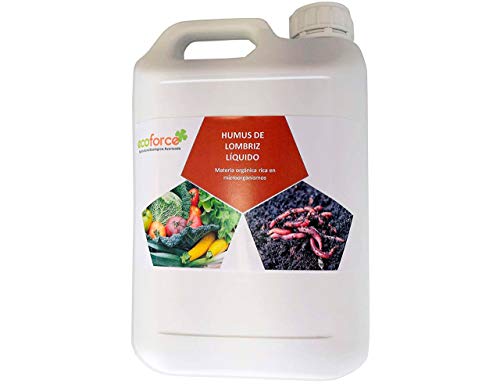
The ideal soil for its cultivation is one with a clayey-calcareous texture. If the soil is sandy or poor, it can be fertilized in early spring and mid-summer with manure, humus or compost. However, fertilization is not necessary in soils rich in nutrients.
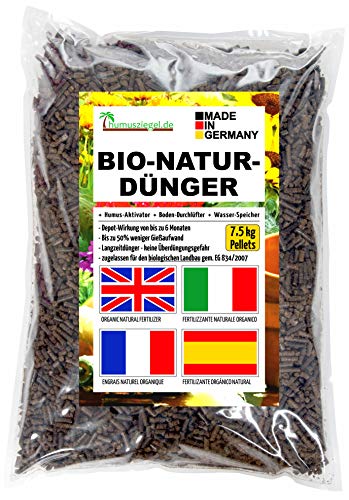
How do we water the astrancia?
The astrancia needs moist soil to survive as it does not tolerate drought. To do this, the moisture provided by rainwater each season must be used, without causing waterlogging.
However, if the rains are not enough to maintain the humidity of the substrate, it should be watered frequently but moderately, either by manual or mechanical means.
How often do we water the astrancia?
In the case of astrancia, it is necessary to keep the soil moist constantly, once or twice a week, especially during its growing season and summer.
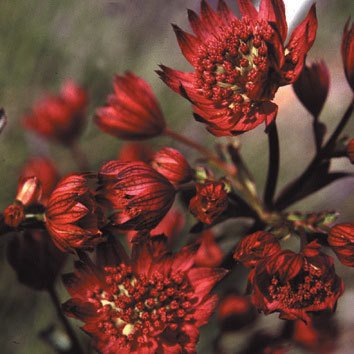
During the other times of the year, watering should be moderate and less frequent, once a week, always ensuring that the soil does not dry out completely.
How to sow an astrancia step by step?
The cultivation of the astrancia can be done by means of seeds and through the division of the plant. The steps to sow by each method are shared below.
by seed
Astrancia seeds have internal dormancy. To start sowing, it is recommended to carry out the cold stratification process for 2 or 3 months, although they can also be sown directly in the garden at the beginning of autumn.
- In a container, place the seeds in the refrigerator for 8 weeks to simulate the low temperatures of winter.
- Place the seeds in boxes with peat, garden soil and humus at a 1:1:1 ratio, cover them with a thin layer of moist substrate and a plastic film. Keep them in a place at a temperature of 20ºC to 23ºC.
- Once the shoots have appeared, remove the plastic film and place them in a brighter place.
- Thin out the seedlings and wait for them to produce a couple of true leaves.
- Transplant to the ground or pots during the months of May or June.
- Take care of soil moisture and protect from drafts.
by division
This procedure can be done in the spring, before the first leaves appear, or in the fall, when the growing season is over.
- Select a healthy and mature bush, 3 or 4 years old.
- Divide a section of stems with leaves and roots and transplant into a hole twice the size of the section, with previously fertilized substrate.
- Water abundantly to compact the soil.
- Wait 4 weeks for the plant to start producing buds.
What care does the astrancia need?
The astrancia is a noble plant that requires little care. The most important has to do with maintaining the correct moisture in the soil and not saturating it to avoid root rot and exposure to fungal diseases.
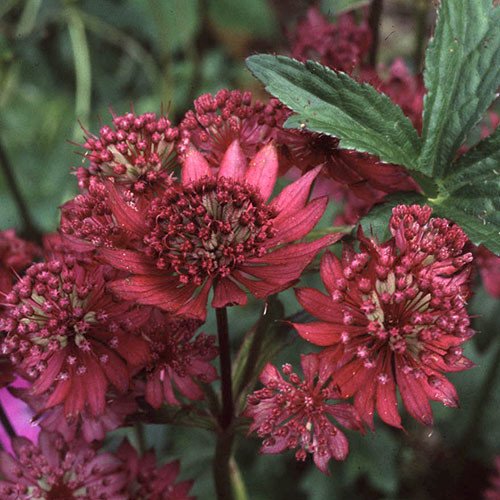
What pests and diseases affect the astrancia?
Astrancia has few problems with pests or disease. However, it is generally harmed by powdery mildew, aphids, aphids and snails.
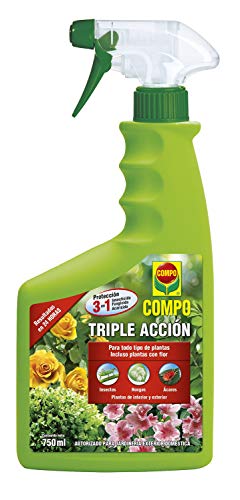
References
- http://www.floraiberica.es/floraiberica/texto/pdfs/10_129_04%20Astrantia.pdf
- http://thecottagegardensociety.org.uk/assets/public/files/12_11_Clive_Lane.pdf
- https://www.ecured.cu/Astrancia
- https://optolov.ru/en/podelki-dlya-doma-svoimi-rukami/astranciya-mnogoletnie-zontiki-i-zvezdochki-posadka-i.html
- https://mastergardener.extension.wisc.edu/files/2016/06/Astrantia.pdf
- https://www.luontoportti.com/suomi/en/kukkakasvit/astrance
- https://hort.extension.wisc.edu/articles/astrantia-astrantia-major/
- https://www.gardenershq.com/Astrantia-masterwort.php

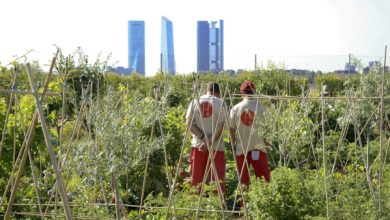
![Photo of Hydrangeas Care: [Soil, Humidity, Pruning and Problems]](https://www.complete-gardening.com/wp-content/uploads/2022/08/hydrangeas-care-soil-humidity-pruning-and-problems-390x220.png)
![Photo of Dry Tropical Climate: [Characteristics, Flora, Fauna and Adaptability]](https://www.complete-gardening.com/wp-content/uploads/2022/08/dry-tropical-climate-characteristics-flora-fauna-and-adaptability-351x220.jpg)
